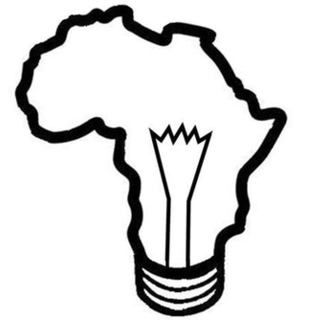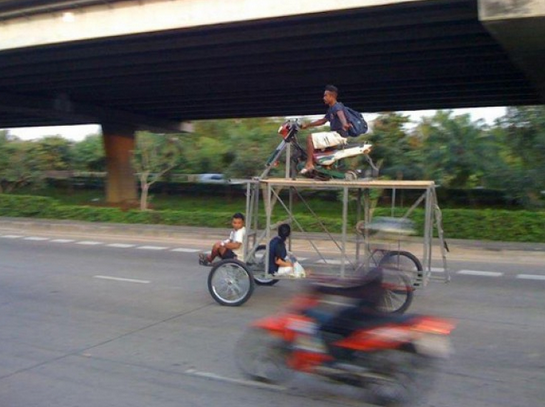
Anita Pyke (Petproject.mobi) moderated a panel with Juliana Rotich (Ushahidi and Afrigadget), Steve Daniels (Makeshift Magazine and writer of Making Do) and John Kidendafor a discussion that was billed as follows:
From bicycle-powered mobile phone chargers to a helicopter built from an old Honda Civic and the remains of a crashed 747, Africa has been producing a unique strain of innovators long before the maker movement started trending in the US. With projects ranging from the practical (DIY biofuel systems), to the whimsical (home-made robots), street-level makers in the most resource-poor communities show time and again that the only essential materials for innovation are ingenuity and ambition.
They started with sharing some examples:
- Small-scale incubator made by Geoffrey Kago.
- Sonic fish trap from electronic scrap made by Pascal Katana.
- Kiira electric car made by Makerere University.
- Jua Kali wind turbine made by Access Wind.
- The Fablab in Nairobi.
- Generating energy from scrap by William Kamkwamba in Lilongwe, Malawi.
- Coping with disaster in Thailand with all kind of Thai flood hacks.
- Modular tooling in Nairobi Kenya.
- Lighting homes and workplaces with water bottles (passive solar) in Manila in the Philippines:
[youtube=http://www.youtube.com/watch?v=oyNAbOJFZIc]

The types of environments in which these innovations usually don’t have regulations: often a whitespace area where there isn’t a lot of control. Usually there are many resource constraints driving this type of innovation. All the resources are constanty reused and recycled. On the one hand these informal economies (in Kenya 75% of employment is in the informal economy) allow a space for experimentation, but it also comes with a lot of risks. The speed of adoption is very quick too: if something works, then it is copied fast. Sometimes this inhibits innovation in Kenya, because inventors are afraid that their work will just be copied. The copying problem led to an interesting discussion on intellectual property and how that should be approached in these informal economies. An interesting distinction was the difference between efficiency (making a particular product with as little use of resources as possible) versus resourcefulness (making as much as possible from a limited set of resources).
One thought on “Street-Level Genius: An African Maker Safari”
Comments are closed.